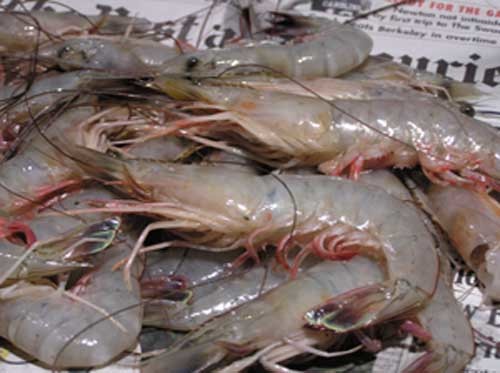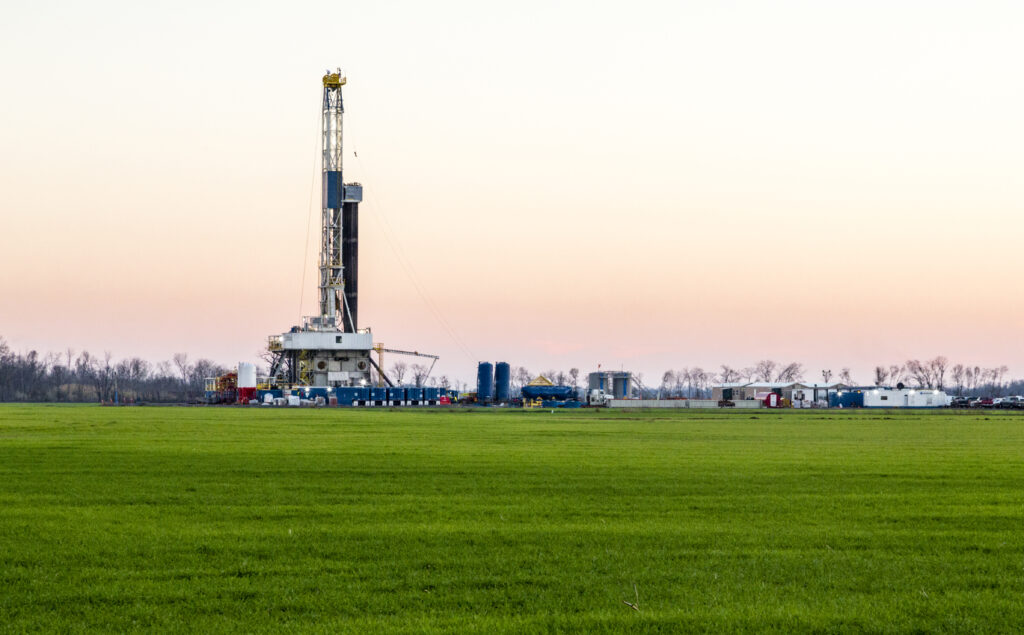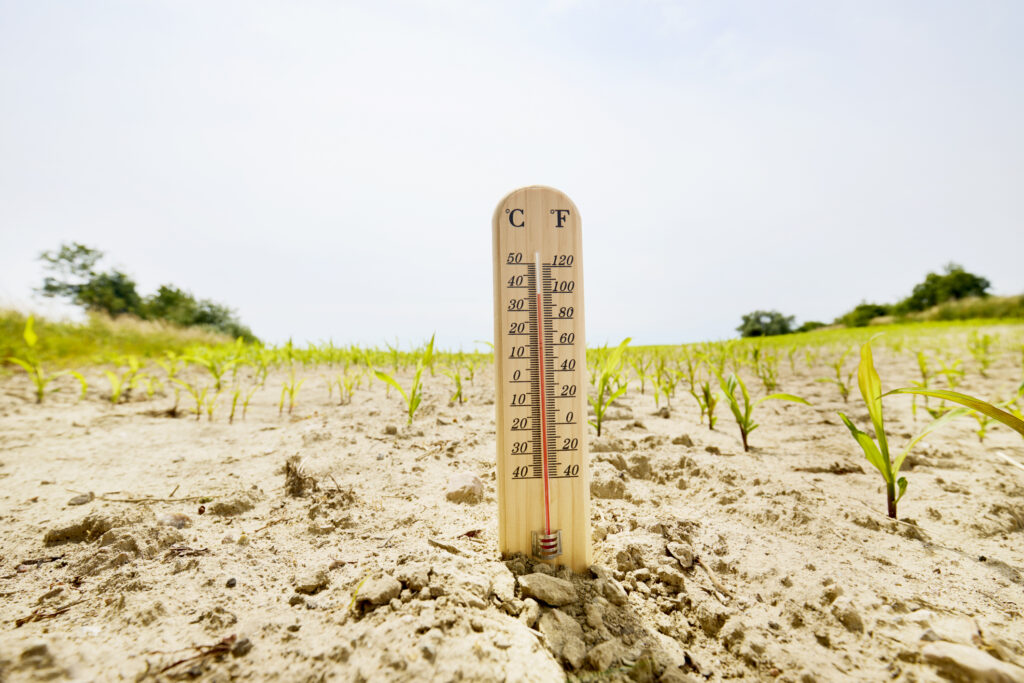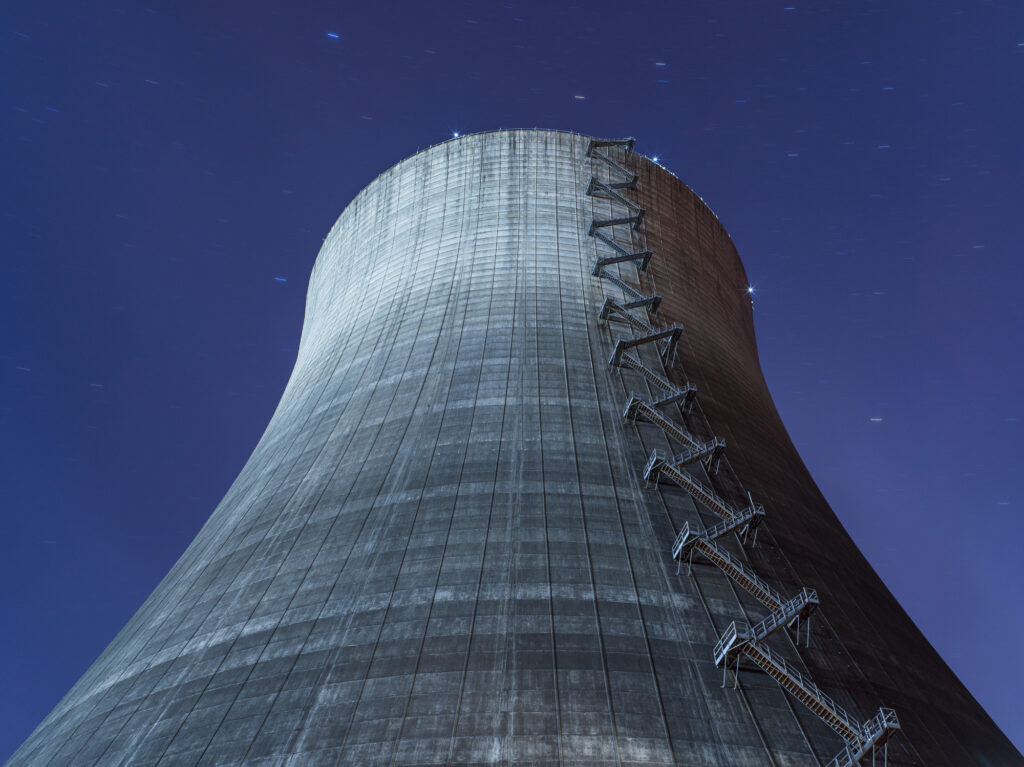Just like a whole lot of other organisms do, it “shows genuine acclimation capacities” due to the plasticity inherent in both the organism’s thermal limit and its heat shock response… Read More
Vegetative Growth in China: It’s Response to Climate Stressor (26 Mar 2013)
In spite of a recent increase in drought stress, areas exhibiting negative anomalies of vegetation greenness decreased at the rate of 0.9% per year from 1982 to 2009… Read More
Simulated Climate Change Impacts on Streamflow in Vietnam’s Be River Catchment (26 Mar 2013)
Given the sources of uncertainty inherent to GCMs, “single GCM or GCMs ensemble mean evaluations of climate change impact are unlikely to provide a representative depiction of possible future changes in streamflow”… Read More
CMIP3 Models Simulating Temperature and Precipitation in China (26 Mar 2013)
How well do they do? In a scathing rebuke the authors of this study reveal that “the inter-annual simulations (temperature and precipitation) by AR4 GCMs are not suitable for direct application,” and that “caution should be applied when using outputs from the AR4 GCMs in hydrological and ecological assessments” due to their “poor performance”… Read More
Lowly Plants Turning Back Landward Advances of Rising Seas (27 Mar 2013)
In the words of the authors who conducted this study, “under certain real-world circumstances S. alterniflora can cope with increased flooding, and therefore may be able to survive the stresses of future sea level rise”… Read More
The Areal Expansion of Erect Shrubs and Trees in the Low Arctic (27 Mar 2013)
Over the period 1964-2003, “erect shrub and tree cover increased markedly on more than half of the land surface available for new colonization or infilling,” as “areas with dense shrub and tree cover (>90%), increased from 34% to 44%, whereas areas with low cover (<10%) shrank from 45% to 29%." And "this increase in cover of trees and shrubs occurred throughout the landscape regardless of altitude, slope angle and exposure"... Read More





